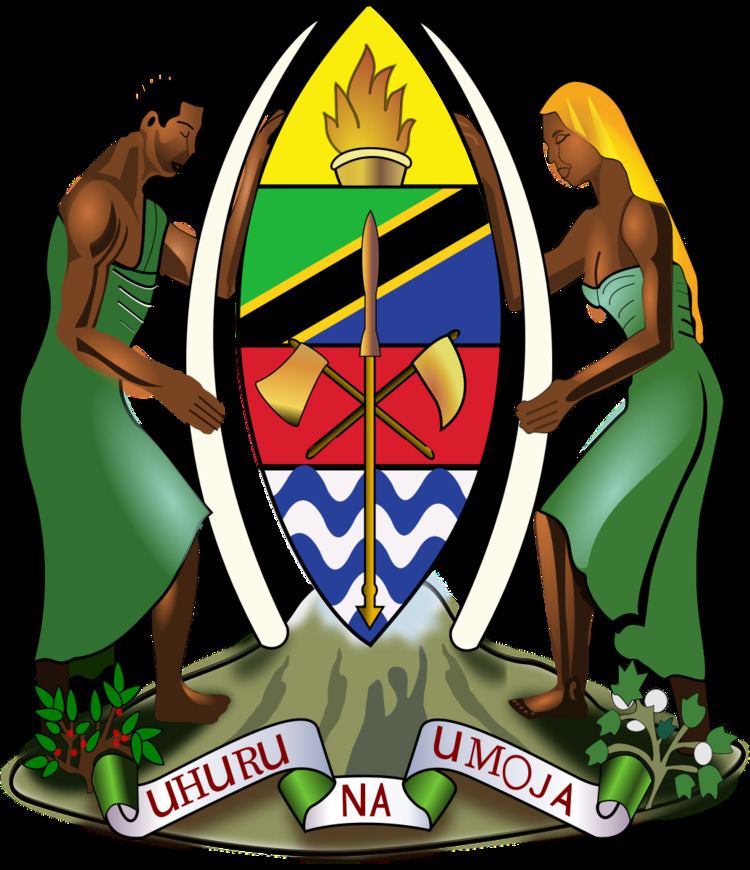 | ||
Tanzanian literature is primarily oral. Major oral literary forms include folktales, poems, riddles, proverbs, and songs. The majority of the oral literature in Tanzania that has been recorded is in Swahili, though each of the country's languages has its own oral tradition. The country's oral literature is currently declining because of changes in family structure that make transmission of oral literature more difficult and because of the devaluation of oral literature that has accompanied Tanzania's development. Tanzania's written literary tradition is still relatively undeveloped; Tanzania does not have a strong reading culture, and books are often expensive and hard to come by. Most Tanzanian literature is in Swahili or English. Major figures in Tanzanian written literature include Shaaban Robert, Muhammed Said Abdulla, Abdulrazak Gurnah, and Penina Mlama.
Contents
Swahili language
One of the most prominent Swahili writers in Tanzania was Shaaban Robert (1909-1962), a poet, novelist and essayist. His works include Maisha yangu (My Life) and the poem Utenzi wa Vita vya Uhuru (An Epic in the War for Freedom). Muhammed Said Abdulla (1918-1991) was a prominent novelist who particularly wrote detective stories. Other Swahili-language authors from Tanzania include Shafi Adam Shafi, Joseph Mbele and Ebrahim Hussein.
English language
Many Tanzanian authors write in English rather than in Swahili. The first Tanzanian novel to appear in English was Peter Palangyo's Dying in the Sun (1968). The following year, Gabriel Ruhumbika published Village in Uhuru. Other authors include Abdulrazak Gurnah, whose works have been shortlisted for both the Booker Prize and the Commonwealth Writers Prize. His best-known works include Paradise (1994) and Desertion (2005). Other English-language writers include short story writer Marti Mollel.
